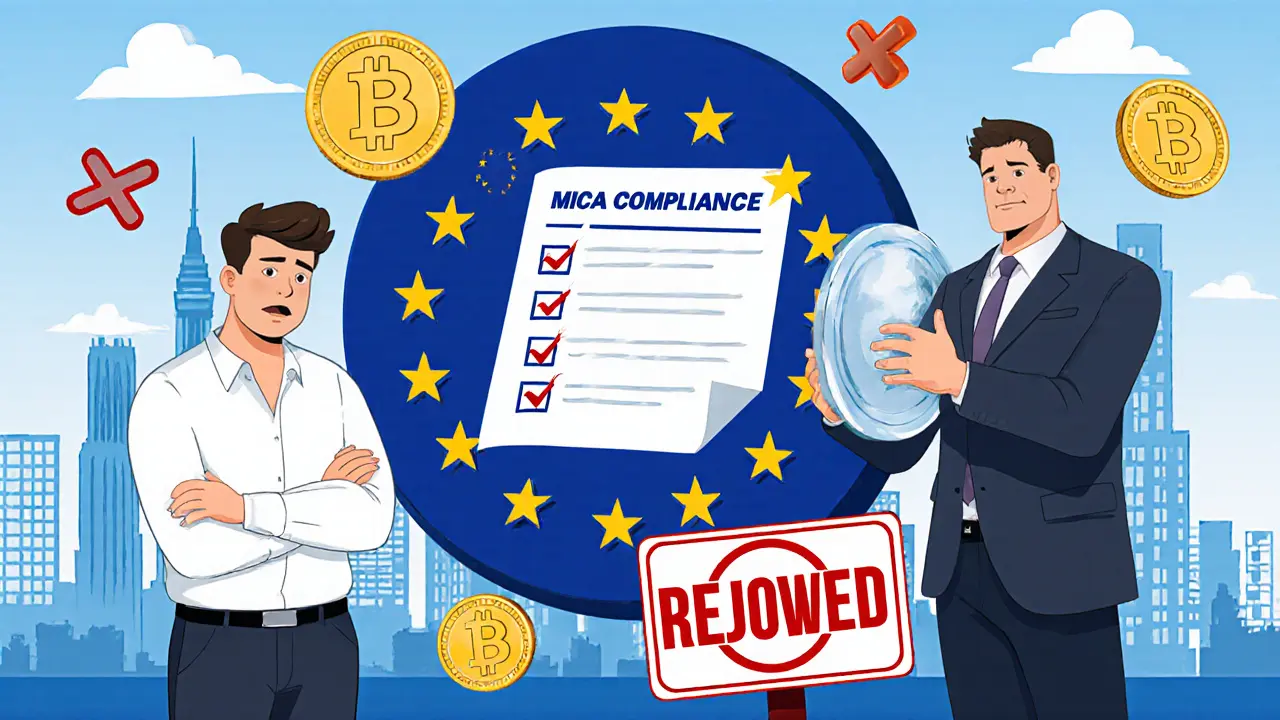Legal & Finance in Crypto: Regulations, Bans, and Compliance
When navigating Legal & Finance, the intersect of law, financial rules, and cryptocurrency that determines how digital assets are created, traded, and protected. Also known as crypto compliance, it sets the stage for everything from exchange listings to asset seizure.
One of the core pillars is crypto regulation, the body of rules that governments and regulators apply to blockchain projects and trading platforms. These rules dictate licensing, reporting, and tax obligations. They also drive Legal & Finance decisions for investors who need to know which jurisdictions are friendly and which impose heavy burdens.
Another critical piece is KYC data security, the practice of protecting identity verification information while meeting anti‑money‑laundering (AML) requirements. Strong KYC safeguards keep user data safe and ensure exchanges stay on the right side of the law. When KYC practices falter, regulators often clamp down with bans or fines.
How These Elements Interact
Legal & Finance encompasses regulatory compliance, enforcement actions, and market infrastructure. It requires crypto regulation to define what is permissible, while KYC data security provides the tools to enforce those rules. Stablecoin restrictions influence market liquidity, and exchange bans reshape where traders can operate. Together they form a feedback loop: stricter rules push platforms to improve security, which in turn can ease regulatory pressure.
Take the European Union’s MiCA framework as an example. The regulation classifies tokens as e‑money or asset‑referenced, then applies specific licensing and reporting standards. This classification directly impacts stablecoin restrictions, forcing issuers to adjust reserve holdings and audit processes. The ripple effect shows how a single policy change can reshape compliance workloads across the entire crypto ecosystem.
In Asia, the Financial Intelligence Unit (FIU) in India mandates that every crypto exchange register, file periodic reports, and implement rigorous KYC checks. Platforms that ignore these requirements face outright bans, as seen with several exchanges listed in our “Banned in India” guide. The FIU’s stance illustrates how national regulators wield legal power to shape market participation.
North America presents a different angle. The U.S. Office of Foreign Assets Control (OFAC) uses sanctions to block specific jurisdictions, like Iran, from accessing major exchanges. Compliance teams must filter wallets and transaction data to avoid illicit flows. When they slip up, assets can be seized, leading to the global asset forfeiture trends covered in our seizure overview.
Philippines regulators have introduced the Crypto Asset Service Provider (CASP) rule, targeting platforms like Binance and Bitget. The rule tightens reporting, mandates capital buffers, and forces exchanges to register with the securities commission. Traders who ignore the rule risk losing access or facing penalties, highlighting the direct link between legal mandates and everyday trading.
All these scenarios share a common thread: without a solid understanding of Legal & Finance, participants can quickly run afoul of the law. Whether you’re a developer building a DeFi app, an investor seeking low‑tax jurisdictions, or a trader picking a compliant exchange, the same concepts apply. Our collection below breaks down each area with real‑world examples, step‑by‑step guides, and actionable checklists.
Ready to see how these pieces fit together? Below you’ll find in‑depth articles that walk you through sanctions, bans, stablecoin rules, KYC protection, and global seizure practices, giving you the context you need to stay compliant and confident in the fast‑moving crypto world.










